“We were astonished by the beauty and refinement of the art displayed by the objects surpassing all we could have imagined — the impression was overwhelming.” — Howard Carter
The wider world had its first case of Egyptomania when Napoleon’s campaign reached the Egyptian region at the turn of the 19th Century. His presence there only lasted a couple years, but the captivating images and stories made their way back to France and beyond. In 1822, Frenchman Jean-François Champollion cracked the code of hieroglyphics using the Rosetta Stone, brought back from Egypt by Napoleon’s troops.
The next century featured both scholarship on the ancient civilization as well as popular cultural influence. Obelisks, like the Washington Monument and Cleopatra’s Needle, were erected. Sphinx-like figures and lotus motifs became popular garden monuments. Highgate Cemetery opened an entire section called Egyptian Avenue. Fascination with the region’s mysterious past has never truly waned in popular imagination.
In 1922, archaeologist Howard Carter, financial backer Lord Carnarvon, the Fifth Earl of Carnarvon, and his daughter Lady Evelyn Herbert, uncovered the sealed entrance to a tomb in the Valley of the Kings. The discovery of an unopened, and thus unraided, burial chamber was exciting for historical understanding, as well as feeding the frenzy for exotic artifacts.
Carter started his career in Egyptology at the country’s antiquities service. He oversaw and organized excavations along the Nile. He lost his government job after a confrontation between local guards and French officials. He began working with Carnarvon in 1907, with the two researching Egyptian history and making plans. Carter’s deep local knowledge and contacts helped the two figure out where best to dig next.
From his family seat at Highclere Castle (known now as the setting for Downton Abbey), Lord Carnarvon had a number of interests and pursuits, none of them inexpensive. Car racing, horse racing, and flying were just a few of his dangerous hobbies. He had sunk a considerable fortune into the Egyptian digs as well.
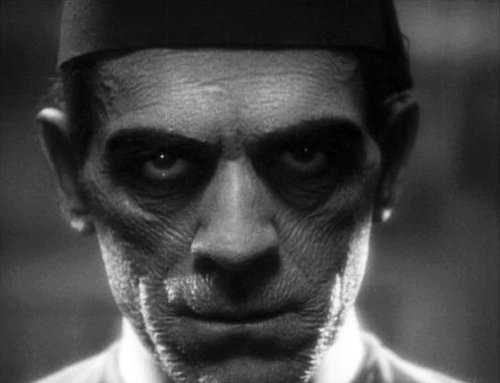
Their find of the tomb of King Tutankhamen relaunched the world of mummies, curses, temples, hidden treasures, and buried secrets. The film world was no exception.
A number of silent films featured reanimated mummies. German director Karl Freund joined the lineup of Universal creature features with Boris Karloff as the undead pharaoh Imhotep in The Mummy (1932). The plot rather resembles the previous year’s Frankenstein and Dracula with a monster obsessing over a woman he seeks to make his unwilling bride.
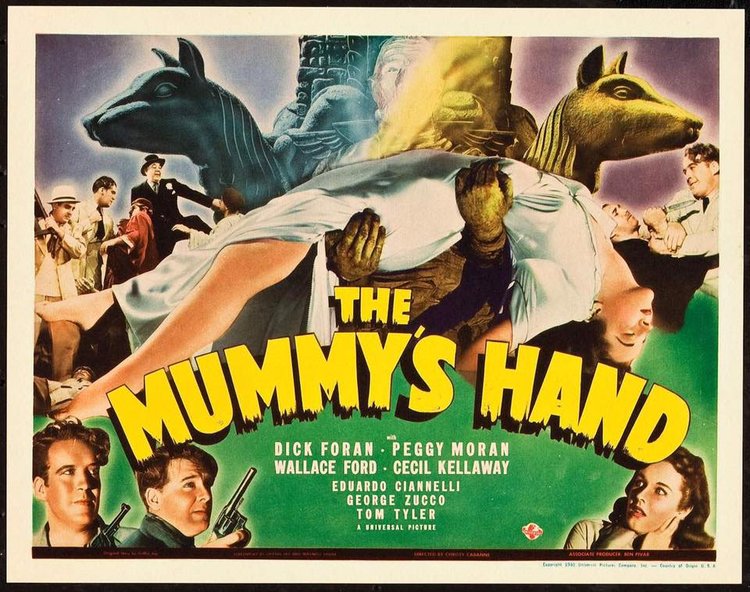
While not actual sequels, there were also a series of “Mummy” films made through the 1940s with Lon Cheney, Jr. They made The Mummy’s Hand, Mummy’s Tomb, The Mummy’s Ghost and The Mummy’s Curse. He was a busy mummy. Dozens of mummy movies have been made since.
In the late 1970s, treasures from King Tut’s tomb made a multi-city tour of America, attracting eight million visitors. Tut’s gold and lapis iconic headdress stared out at the world from the cover of “National Geographic.”
Less seriously, it inspired Steve Martin to write and perform his now-famous King Tut song on “Saturday Night Live.”
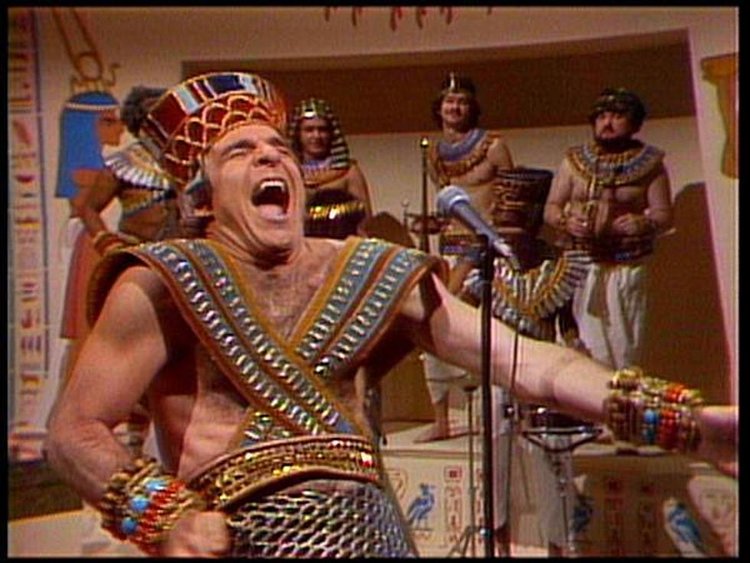
Shades of Egyptomania can also be found in the works of Agatha Christie, which are often brought to the screen. Christie was married to an archaeologist and often accompanied him on expeditions. Her tales set on the hot sands lent themselves to mystery and exoticism.
One of the more popular Poirot tales is Death On the Nile, having been adapted numerous times. Casting agents have a ball putting together ensembles of incredibly famous actors for this title. The Peter Ustinov edition, from 1978, stars Angela Lansbury, Bette Davis, Mia Farrow, Maggie Smith, and David Niven. A more recent adaptation is a slick production with Annette Bening, Kenneth Branagh, Russell Brand, Gal Gadot, Jennifer Saunders, and more.
Poirot fans can also indulge in David Suchet in Evil Under The Sun (2002) and Murder in Mesopotamia (2001) — both centered around an archaeological dig gone wrong.
Egyptomania also manifested in the tomb raider genre. The adventure movies feature a loose plot around a tomb or artifact, and the hero has to get to it before the bad guys. There’s booby traps, maps, codes, and secret chambers. Heavy on fun and light on historical accuracy, it’s a genre that always pleases the audience.
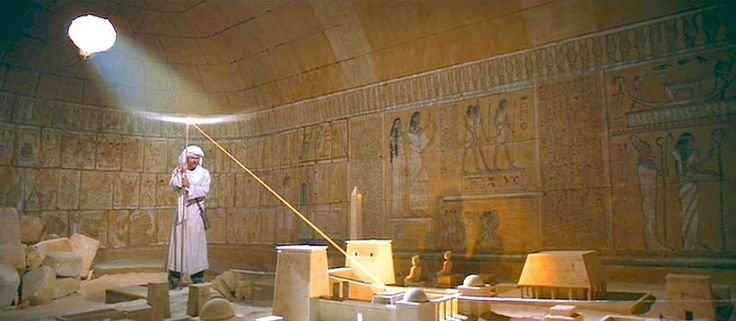
Archaeology professor Dr. Henry Jones, Jr., was introduced to audiences in Indiana Jones and Raiders of the Lost Ark (1981). His task is to prevent the bad guys from getting the Ark of the Covenant, and the adventure leads to a hidden temple in the sands of Egypt (only found using a mystical amulet).
After the massive hit of Romancing the Stone (1984), the cast reunited for another round in Jewel of the Nile (1985). Michael Douglas and Kathleen Turner team up to find a fabled gem in the Arabian desert.
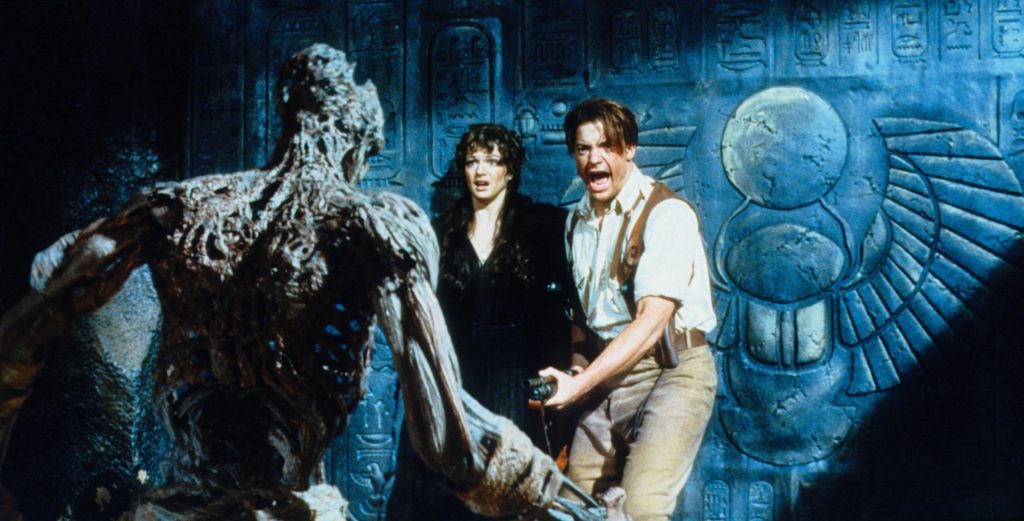
Characteristics of the monster film and the tomb raider genre are mashed together in The Mummy (1999). It’s set in 1923 and shares some story ideas from its predecessor (and Rachel Weisz’s character is named Evelyn Carnahan in what cannot possibly be a coincidence). It too spawned a number of sequels and prequels.
It took decades until after the discovery of King Tut for scientists to begin investigating the ruler’s life and death. Numerous forensic tests, and various historical records, suggest he may have been murdered.
At the very least, he died incredibly young. In 2015, Ben Kinglsey starred in the miniseries Tut (2015), which imagined a narrative of the boy king’s reign.
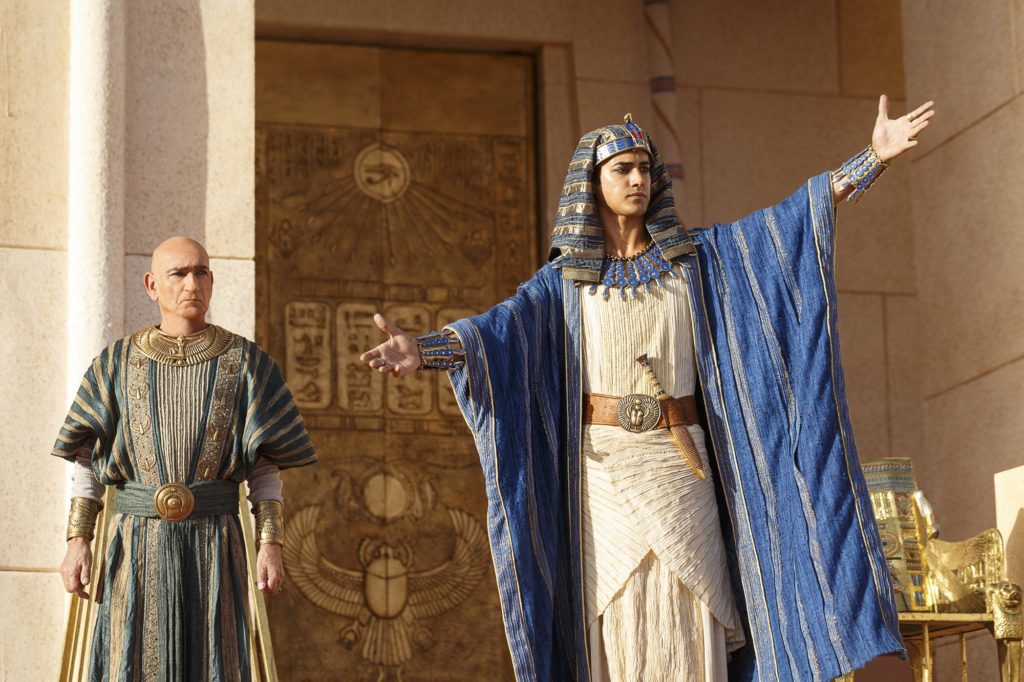
Even movies that aren’t focused on the dynasties of ancient Egypt can’t help but be influenced by the romantic notions of desert nights. The English Patient (1996) receives his severe burns crashing his plane near an archaeological dig. Moses in The Ten Commandments (1956) has a foe in Ramses the pharaoh.
Even with today’s advanced technology both for finding artifacts and analyzing them in the laboratory, there will always be mystery about the ancient culture. Our fascination with Egypt – or more accurately, our imaginings of it – show no signs of fading.
“Though I was satisfied that I was on the verge of perhaps a magnificent find, probably one of the missing tombs that I had been seeking for many years, I was much puzzled by the smallness of the opening in comparison with those of other royal tombs in the valley.” — Howard Carter
Originally written for DVD Netflix
